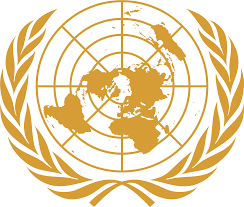A United Nations Security Council delegation will pay a working visit to the Democratic Republic of the Congo (DRC) from March 9 to 12, the United Nations Organization Stabilization Mission in the Democratic Republic of the Congo (MONUSCO) announced on Wednesday via a press release.
The main objective of this visit is to assess the security situation in the DRC and the implementation of MONUSCO's mandate, in accordance with Resolution 2666 (2022) adopted by the Security Council, according to MONUSCO.
During the delegation's stay in Kinshasa, the DRC's capital, the delegation will meet political actors, representatives of civil society, the diplomatic community, MONUSCO, and the UN system in the DRC, said the press release.
The Security Council delegation also plans to visit Goma, the capital of the eastern province of North Kivu, in order to assess the security and humanitarian situation on the ground, and oversee the mandate of MONUSCO, said the press release, adding that a press conference will be held on March 12 in Goma at the end of the delegation's visit. Xinhua






